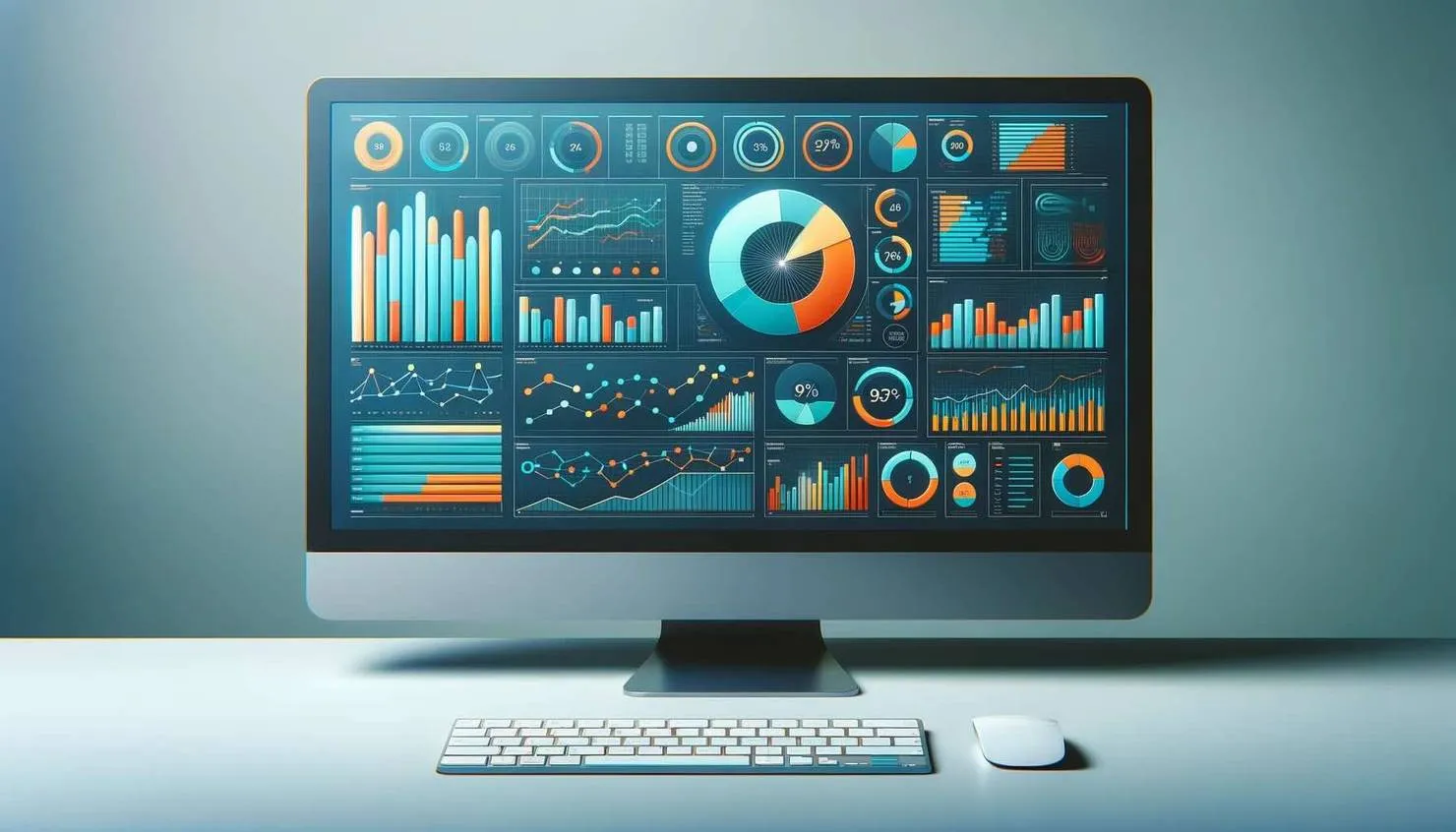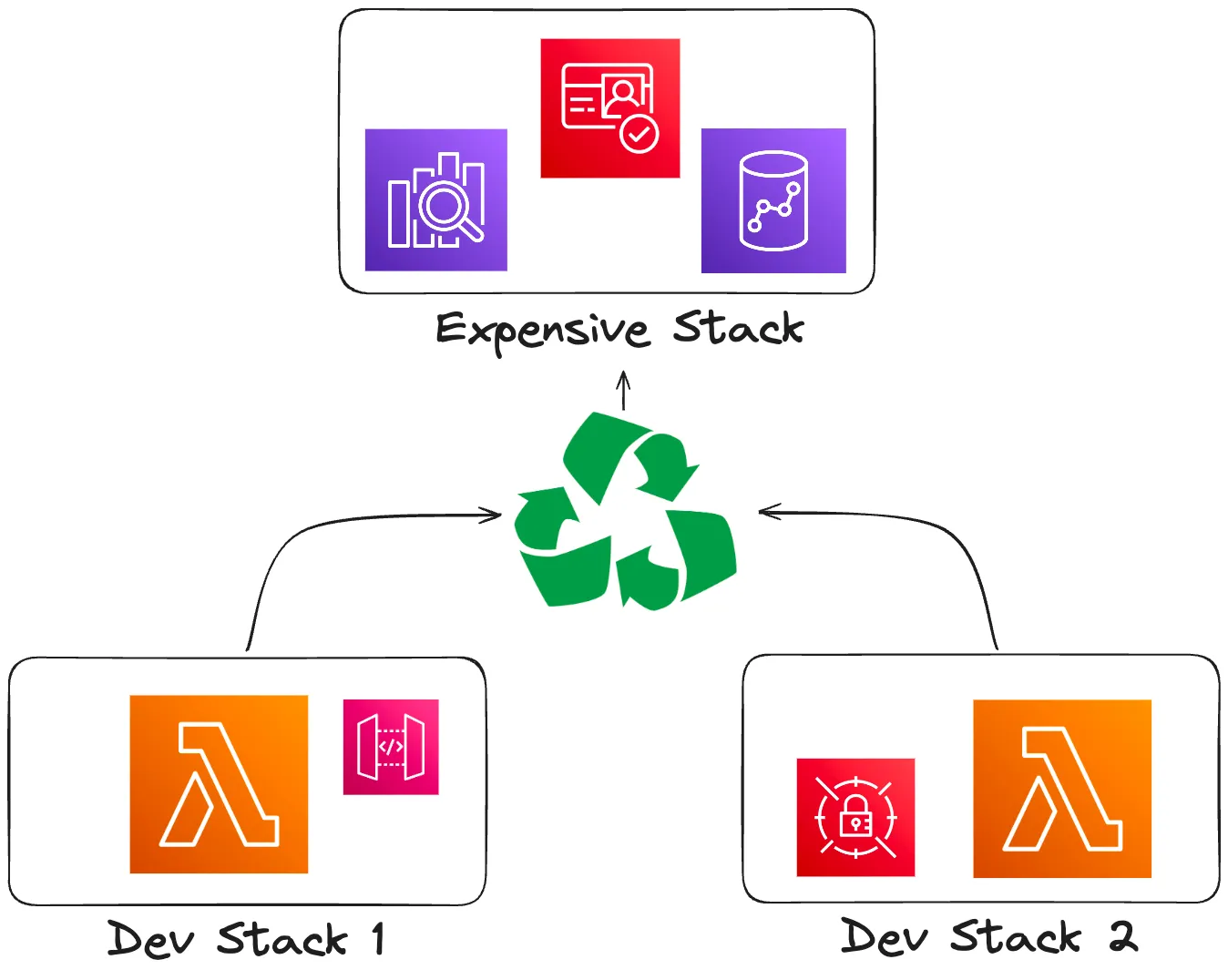Harnessing the Power of Business Intelligence in the Modern Era
Freddie Woods8 min read

As we navigate our way through the fourth industrial revolution, the abundance of powerful technologies and data is re-defining the way we work. Managers and decision-makers now need to make quick, impactful decisions to remain competitive. As a result companies can no longer rely on intuition to create successful businesses.
Fortunately for decision makers, Business Intelligence (BI) is a technology-driven process for analysing data to create actionable information and help drive decision making. This infrastructure includes gathering and storaging of data with techniques such as data mining and data scraping, in addition to analysing data in order to generate user friendly reports, dashboards and data visualisations.
The scale of BI infrastructures varies signficantly. Large corportations like Netflix invest millions of dollars into their BI systems to create a competive advantage, this is shown by their investment in the Netflix Research department. In comparison, smaller business who don’t have the fortune to invest into massive data wharehouses or data lakes and can’t afford specialist software for analysis can still implement a BI infrastructure. It might seem obvious but creating a simple spreadsheet and providing data specific to your company’s requirements can have a huge impact.
BI in action

Imagine you are a grocery shop owner. You are probably already implementing a form of BI without even noticing. As you wonder around your shop when it is closed, you look around your shelves and notice that you are running low or possible out of stock for certain items. Using this information / data you would go and order more of these items to refil your stock and ensure customer satisfaction.
As the business starts to grow, you decide to implement at stock software system. When customers purchase items, the stock system updates, as a result you no longer need to wonder around the store manually checking. This is because you’re now alerted for items which are low or out of stock being. This is a very basic version of BI being used to improve employee satisfaction by reducing waste.
With your new stock system you are able to record customer transactions. You can create a data visualisation dashboard for the sale of each product. Very quickly you are able to see which products are always selling out and the perishables that need to be thrown away because you didn’t sell them quickly enough. Straight away you are now able to improve the efficiency and reduce waste within the supply chain, increasing profits.
The grocery shop is now performing well, however we can further improve our performance. You start building a visualisation of historical performance using the data gathered by your stock system. With this visualisation you are able to notice that the sale of sweets is always higher in October than any other month. As a result you now have a better prediction at forecasting sales of sweets next October and can adjust your stock accordingly.
Finally you start investing your time into analysing how competitor grocery shops are performing. You see that they are selling a large quantity of a certain product, but you don’t supply that product. As the owner you are now capable to use this insight to stock that product and remove the competitive advantage that the other grocery shop had on you.
These are all very basic examples that might seem obvious, but they are key indicators of how smaller businesses can start implementing BI to grow their company. In comparison, how are larger companies innovating with BI to get a competitive advantage?
Examples of Real World BI:
- Starbucks: The American multinational chain of coffeehouses has implemented BI by introducing electronic loyalty cards. Using these loyalty cards Starbucks are able to record the purchasing history of each customer. Using this purchasing history the company is then able to send personalised offers and discounts which are more likely to be redeemed, resulting in an increase of sales.
- Ocado: When Ocado was originally established its aim was to create an online grocery shop. Although they managed this goal, when looking through their data, they realised that their highest profit actually came from selling its software to less agile competitors. Using their data, Ocado had gained an advantage on other supermarkets including the British supermarket Waitrose. However by further relying on BI, Ocado was able to make a data-driven decision to reprioritise their business becoming an incredibly successful technology based business.
- Tesla: It is well known the automotive company streams wireless data to their corporate office for data analysis. Using this information the customer is informed on any defects with their car. However, this data has a second role. By applying an extra layer of analysis, the corporate office is able to rapidly gain information on road hazards, road-works and many other insights. This provides their navigation system with an important competitive edge.
The benefits of implementing BI
From the examples listed it is clear that there is an abundance of benefits for harnessing the power of BI within your company. Here are some key benefits:
- Data-driven Decisions: Data reduces the risk of biased or subjective decisions coming from intuition. Furthermore access to real time data, and easy to digest information means individuals can react instantly. This is critical for driving success within your company.
- Better Predictions: Understanding your company’s and competitions historical performance uncovers patterns and market trends leading to a deeper understanding of future demands. Additionally, BI uses operational data which includes information across the entire company pipeline to identify inefficiencies, therefore reducing internal waste.
- Employee Productivity: Dashboard visualisation and graphs simplify complex data creating user friendly sources of information. As a result, employees remain motivated by seeing the outcomes and benefits of their hard work.
The dangers of implementing BI poorly
BI does not come without its own dangers. BI is incredible impactful therefore, if companies have not correctly set up and adapted their BI infrastructure to their situation there can be huge consequences.
- Poor Visualisations: Poor visualisations become hard to read, this can cause misunderstanding performance leading to bad decision making. Furthermore, if you are struggling to understand the information you will lose your ability to make fast decisions.
- Poor Data Quality: Misleading and incorrect data will remove all the benefits of data driven decisions. This can create false patterns or incorrect performance results. Missing data could have revealed key information preventing you from making a mistake. Employees with access to data could also be tempted to manipulate the data to make their performance look better than it was. All of these examples will lead to poor decision making and significantly hinder your performance.
- Hyper Focusing on the Wrong Metrics: Without properly validating your KPI’s, key metrics or goals, it is possible to hyper focus on a metric which might not help you. This can lead you to invest loads of effort, time and money into an area which will not help your company progress.
How to ensure high quality BI infrastructure
- Data quality is key: As you can tell from the dangers of BI, data quality is the most important factor. With high quality data you can create actionable information and really grow your business. On the other-hand, a lack of high quality data can really hinder your decision making. There are multiple initiatives to ensure good quality data including; establishing good data governance, regular data cleanin, data standardisation and implementing regular audits to prevent / detect manipulation.
- Define Clear Objectives: When starting your journey with BI, it is imperritive that you have objectives aligned with your companies strategy and goals in mind. By aligning the objectives of your BI infrastructure with your companies objectives it will prevent hyper focusing on the wrong metrics. These objectives should be regularly re-evaluated as they will evolve with your company. Additionally it will be used to drive the decisions when growing your BI infrastructure.
- Scalability: As your business grows the volume of data will also grow. Therefore, when selecting your software tools for storage, analysis and visualisations, scaleability is a key factor. You do not want to reach the point where you have information going to waste or analysis is taking too long. In addition, as the quantity of data grows, visualisations can become very busy and hard to read. To prevent this, make visualisations at different levels of detail. This will create simple visualisations and allow users to chose which area to focus on.
TL;DR
Business Intelligence is the infrastructure of collecting and analysing data in order to implement better decision-making in daily tasks as well as long term strategies. BI can come in many different shapes and forms allowing the largest and smallest companies implement their own infrastructure. Implementing BI at your company has numerous benefits including better decisions, higher employee satisfaction and reducing waste within your company. However, the quality of data is a critical ingredient. With poor data quality, or a lack of data you can miss key opportunities and information leading to poor decisions, therefore hindering the performance of your company.
Are you implementing or planning to implement BI to drive decisions at your company?
If you are, please leave a comment, I am super interested to hear your opinions!


